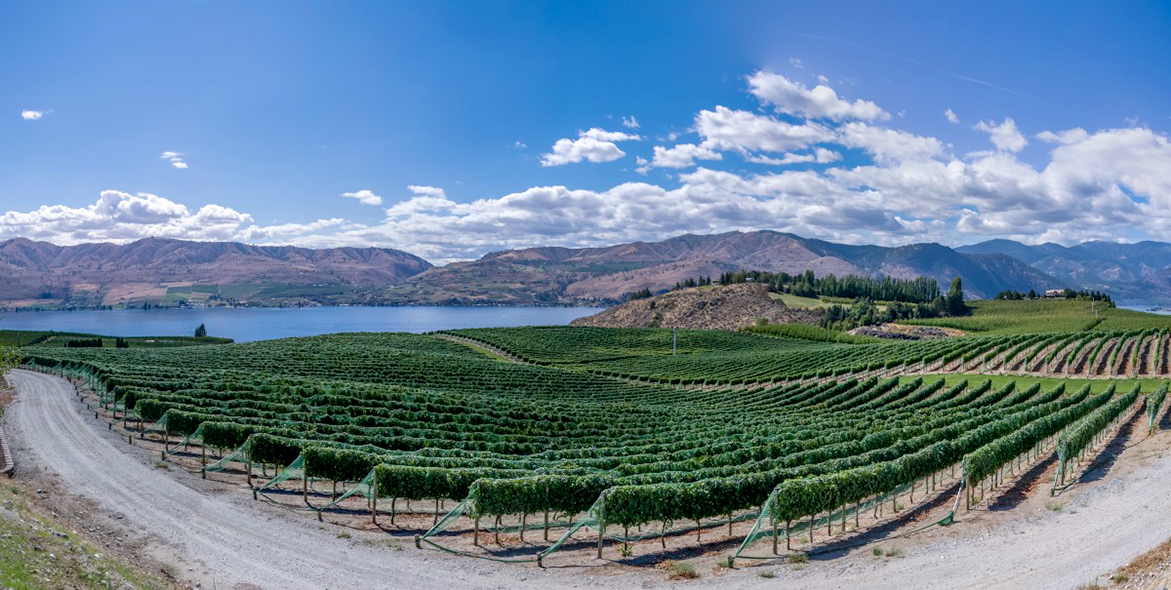By best estimate, there are some 10,000 different grape varieties in the world. If you tasted a different one every day, it would take you more than 27 years to complete the task. Thankfully, the world of wine is confined to a smaller number.
About 6,000 grapes belong to the principal fine wine species Vitis vinifera. Only about 1,300 are actively used in winemaking. Only 13 varieties make up one-third of global winemaking; 33 varieties make up more than half of global use.
The variety of grapes is significantly different depending on the country. Italy apparently has the most diversity, home to more than 1,300 varieties used in wine making. Sangiovese is Italy’s most-planted grape, but it only accounts to around 8% of grapes grown.
In contrast, New Zealand cultivates around 30 varieties, with sauvignon blanc accounting for 78% of production. Sauv blanc, pinot noir, pinot gris, and chardonnay account for more than 90% of New Zealand’s wine grape production.

The wine industry in the United States is so large and chaotic we do not know how many wine grape varieties are grown, and there are some native wine grapes that are not Vitis vinifera. We do have an idea about the top 10, which account for more than 80% of grape production. The numbers are rough because there are 50 different wine producing states with 50 different counting regimens. And the numbers change every year according to the vagaries of agriculture.
According to the best-available numbers, there are 457,700 acres planted in the top ten varieties in the U.S. What follows are acres and percentages of the total:
• Chardonnay: 106,000 (23.2%)
• Cabernet sauvignon: 101,300 (22.1%)
• Pinot noir: 61,800 (13.5%)
• Merlot: 51,900 (11.3%)
• Zinfandel: 47,000 (10.3%)
• Syrah/shiraz: 22,000 (4.8%)
• Pinot gris: 19,800 (4.3%)
• French colombard: 19,700 (4.3%)
• Sauvignon blanc: 17,300 (3.8%)
• Rubired (used in bulk wine): 10,900 (2.4%)
Tasting notes:
• Stoller Family Estate Chardonnay, Willamette Valley 2023: Presents without complications of oak or excessive malolactic fermentation. Simple, clean, pure. $19-25 Link to my review
• Beringer Knights Valley Cabernet Sauvignon, Sonoma 2021: Drinks like a Napa, priced like a Sonoma. Go-to rich red wine play year after year. $25-35 Link to my review
• Chateau Ste. Michelle Cabernet Sauvignon Canoe Ridge Estate, Horse Heaven Hills 2019: Consistent cab made by Washington State’s largest winemaker; tasty tannins, generous fruit. $30-36 Link to my review
• William Chris Vineyards Mourvèdre Reserve, Texas High Plains 2018: Solid, silky presentation of mourvèdre, a grape that found a home in Texas. Good balance of fruit, acidity; reserved, elegant tannins. $35-38 Link to my review
Last round: I tell everyone about the benefits of eating dried grapes. It’s about raisin awareness. Wine time.

